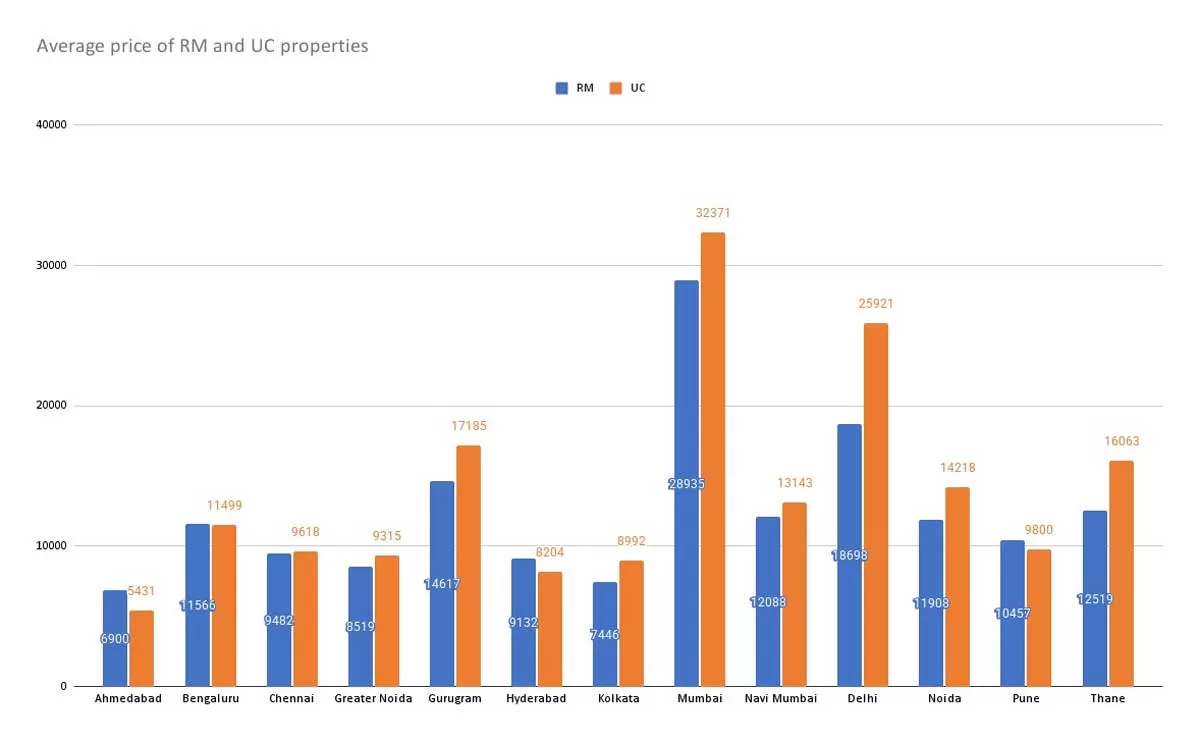Owing to their impressive list of properties, aerogels are increasingly finding favour in building and construction, says PROF SULABHA KULKARNI.
Aerogel is a manmade artificial material and does not occur naturally. It was first synthesised by Dr Samuel Stephen Kistler circa 1930 at the College of the Pacific in Stockton, California. He made a gel of silica and in four to five steps was able to remove the water and get an insulating, lightweight material. Kistler called it ´aerogel´ because gel was filled with air after removal of liquid by critical drying. After some refinements and upscaling procedure development, the material was commercialised and sold as ´Santocel´ by Monsanto Chemicals Co.
What is aerogel?
Aerogel retains the original name given by its inventor. It is a highly porous solid with ~95-98 per cent porosity and little nanoparticles of ~2-5 nm size, which make the backbone of the three-dimensional network or structure with irregular pores of typical size ~20-30 nm holding air in them. Although Kistler made silica aerogels, it was soon realised that any material that can be synthesised as gel can be converted into an aerogel. Today, one can make aerogels of carbon, alumina, gold, titania, polymers, grapheme (a one-layer form of graphite), carbon nanotubes and many other composites to meet various applications. Owing to their additionally enhanced properties, some aerogels are also identified as pyrogels and cryogels. However, silica and silica composite aerogels are most common and have huge commercial potential.
How are silica aerogels made?
Silica is a naturally abundant material. The synthesis of silica aerogel basically involves three steps. The first is the hydrolysis of terethyl or tetramethyl orthosilicate (TMOS or TEOS) while stirring and then pouring it in the desired mould. Next, after gel formation, water is exchanged with ethanol or methanol or some other suitable liquid. Third, the alcohol is removed using an autoclave above the critical point of the liquid at ~280o C (for alcohols) and high pressure ~80 bars. The product is silica aerogel in a monolithic form without the collapse of the particulate network of silica nanoparticles.
In gel form, the network of nanoparticles is held with extremely weak binding forces. Therefore, its drying process needs high pressure and temperature of the liquid to be maintained above the liquid´s critical point. At critical point, there is no distinction between solid, liquid and gas so that liquid molecules can easily pass from the liquid phase to the gas phase without surface tension, consequently without the collapse of walls. By strengthening the network, it is also possible to dry the gels in ambient temperature and pressure (known as subcritical drying) without collapsing the network, but this is an extremely slow process and needs some precautions to be taken. Otherwise cracks can be formed or the end result could be a powdery material. If there is shrinkage of material after drying, it is called ´xerogel´. Other aerogels also use a similar principle of synthesis with little variations of procedure and precursors. Depending on the materials used, their properties also vary. One can also change the colours of aerogels depending upon the additives.
Properties involved
To qualify itself as an ´aerogel´, a material should have high porosity, which also makes it a low-density material with density in the range of ~0.001-0.6 g cu cm - compare this with the density of iron, which is ~7.8 g cu cm! With such light weight and small amount of silica nanoparticles, it is not surprising that the thermal conductivity of a silica aerogel is comparable (~0.07 W per mK or even smaller) to that of air (~0.02 W per mK). It is transparent with a bluish tinge. If a small piece of silica aerogel (not a composite of silica) of five to 10 is placed on the palm, one can see the lines on the palm through it. In aerogels, the velocity of sound is dramatically reduced to typically ~100 m per second (tuning is possible), which is the lowest for any solid material. The speed of sound in air is 330 m per second, in aluminium it is ~3,100 m per second, bricks 4,160 m per second, concrete 3,200-3,600 m per second, hardwood 3,900 m per second, wood 3,300-3,600 m per second, and rubber 40-150 m per second. This makes aerogel a good material for soundproof rooms. Being a porous material, it also has a large surface area of ~500-1,000 sq m. The major drawback of aerogels has always been low strength. Unless it is a specially designed composite, normal silica aerogel can crack and become powdery even with hand pressure. However, thanks to new developments in the field, silica aerogels now come not only as slabs or bricks but also in rolled sheets with high strength.
The applications
Initially, the high cost of production prohibited the widespread use of aerogels. However, with time, particularly owing to space programmes, various aerogels were deployed for cryotanks and space suits along with electronics in view of their light weight and insulating properties. Being the best available thermally insulating materials, they are now widely used by the refinery, oil and petroleum and automobile (heat engine and insulation to reduce air-conditioning load) industries. And now, they are becoming popular in the construction industry too.
Properties like fire-resistance, thermal and electrical insulation, sound retardation and transparency make aerogels an attractive building material. They are now being used in the industrial environment for the safety of workers and equipment as well as the domestic sector. Energy saving is as important as energy production. Aerogels are a good window material as they tremendously reduce air-conditioning and heating loads, saving power. The quality of daylight glazing illumination (owing to diffuse scattering) with aerogel windows is superior to ordinary illumination through glass windows, which creates ´hot spots´ or undesirable shadowing effects or non-uniform illumination. This is particularly the case where large ceiling windows are installed in large halls. Also, aerogels are ideal for cinemas and conference halls as they are good sound absorbers. With modernisation and stringent building requirements, the material´s scope in the area of construction is on the rise and in many countries, it is used as an integral part of buildings or houses.
Industries producing aerogels
Today, the US is the largest consumer of aerogels followed by China and Europe. The National Aeronautics and Space Administration (NASA) in the US uses a variety of aerogels in its space vehicles and has developed a large variety of aerogels. In June 2015, NASA Glenn Research Centre with FLEXCon and Blue Shift International Co entered an agreement with Spencer Co to produce a polymide silica aerogel that is flexible, thin and ~500 times stronger than usual silica aerogel. Other major companies specilised in aerogel production or marketing include Aspens Aerogels Inc, Dow Chemicals and Cabot Corporation, along with many small companies worldwide.
In India, the technology for making silica and other gels of high quality, including flexible blankets and high-strength aerogels, does exist in some laboratories but they are not commercialised. Indian industrialists need to come forward and start utilising indigenous knowhow to produce aerogels at lower prices than international rates.
About the Author:
Sulabha Kulkarni, FNA, FASc, FNASc, Professor, Indian Institute of Science Education and Research (IISER), Pune, has one patent - Indian, On high strength Aerogels. A recipient of Material Research Society of India Medal, she has authored several books on nanotechnology, among others.


















